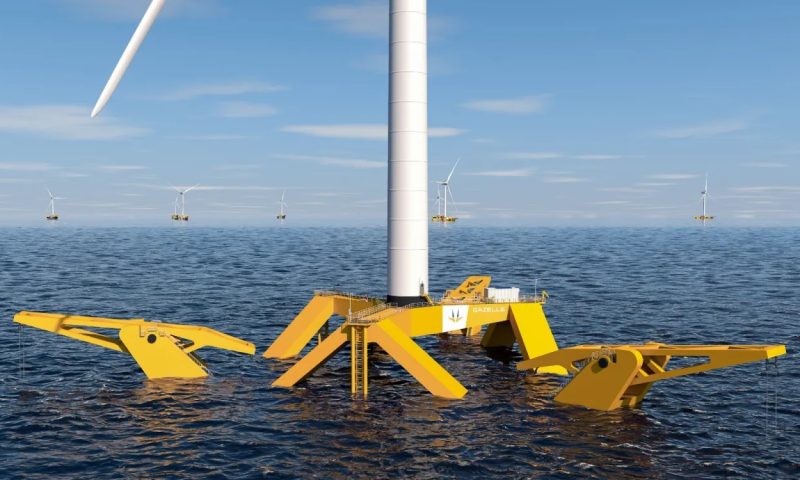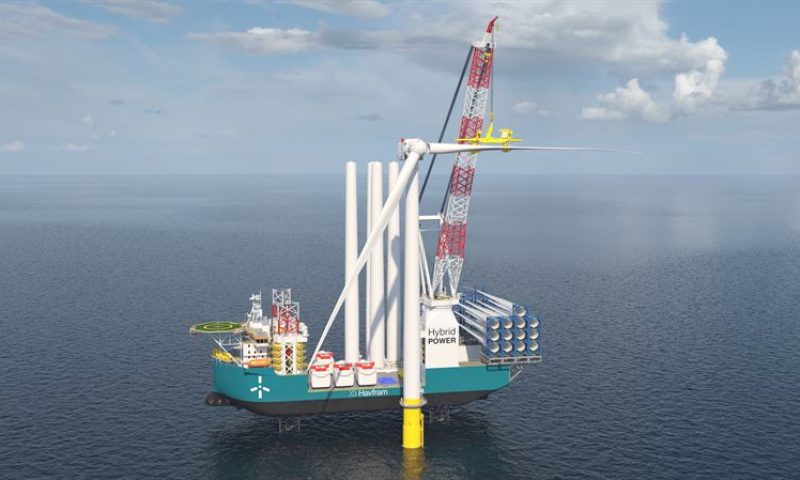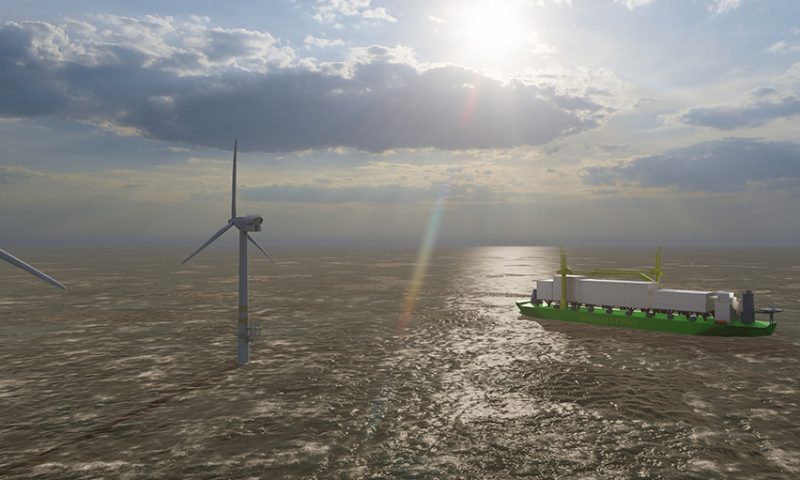
Ciel & Terre Successfully Finalized the Rebuilding of Yamakura Floating PV Plant
Yamakura incident happened in September 2019 when one of the 5 strongest typhoons in 60 years (named Faxai) has occurred in Chiba area with wind recorded up to 207 km/h. Due to the typhoon unusual strength, a part of the floating PV plant was impacted and needed to be rebuilt. In February 2021, Ciel & Terre has finished the new assembly of the floating structure for Yamakura floating PV plant (13.7 MWp, Japan).
AN UNWAVERING SUPPORT
On 19 February 2021, Ciel & Terre finalized the assembly of the reconstructed Japanese Yamakura floating solar plant. Due to one of the strongest typhoons (Faxai) in September 2019, a part of the original Yamakura floating PV plant had indeed been damaged. The incident investigation was conducted by the METI with the support of Kyocera TCL Solar and Ciel & Terre, in a highly professional manner to let no stones unturned and make sure underlying reasons of the incident were fully understood.
24H after the incident, Ciel & Terre mobilised a task force in Tokyo consisting of 10 persons from across the globe displaying all competencies: R&D, Industry, Engineering, Construction and Top Management. This specifically built unit worked tirelessly to secure the plant, understand the root causes and provide all elements required by authorities and client. Ciel & Terre’s teams have been involved at various levels for the project investigation and rebuilding:
- Continuous support for METI (Ministry of Energy Trade and Industry) and client Kyocera TCL Solar in the investigation until final report was issued in April 2020
- Implementation of internal rules based on Yamakura investigation to address past, ongoing and future projects
- Communication with external parties to capture the lessons learned from this incident and grow the experience of the entire FPV industry.
LESSONS LEARNED AND RENEWAL
The final root causes identified by the METI’s investigation are the island size and shape, the stress concentration load and the safety factors used during construction. The Hydrelio® structure engineered by Ciel & Terre is not in question. Client investigations have been additionally done on different parts of the Hydrelio® structure to confirm there was no damage from degradation over time.
Yamakura’s story concludes on a positive note: reconstruction. The working group gathering Ciel & Terre and Kyocera TCL Solar’s teams have considered all those parameters for the new design of Yamakura FPV plant. When the decision to reconstruct the plant with Hydrelio® changing the island size and shape, avoiding stress concentration loads and using higher construction safety factors was made, all stakeholders confirmed their trust. In the new design rules, the level of safety factors has been enhanced thanks to Yamakura’s investigation and is now the standard of Ciel & Terre.
Strong of this experience but also of its unique track-record of more than 210 plants installed with Hydrelio® around the world under various conditions, C&T has included in its offer the anchoring of the system, the installation of the structure and the O&M.









